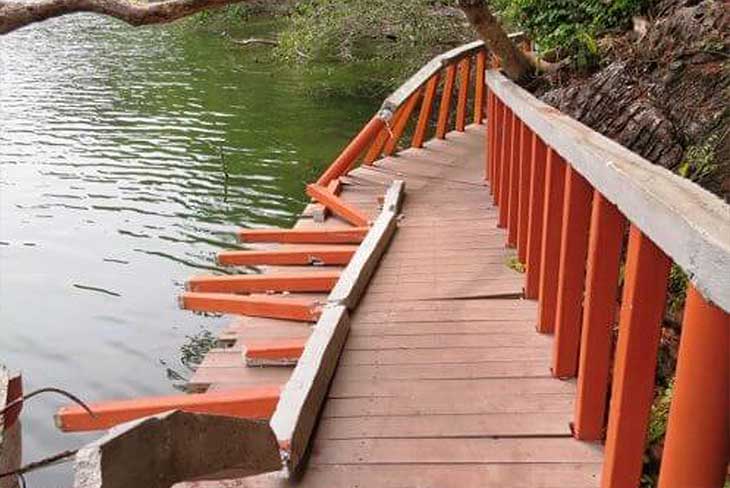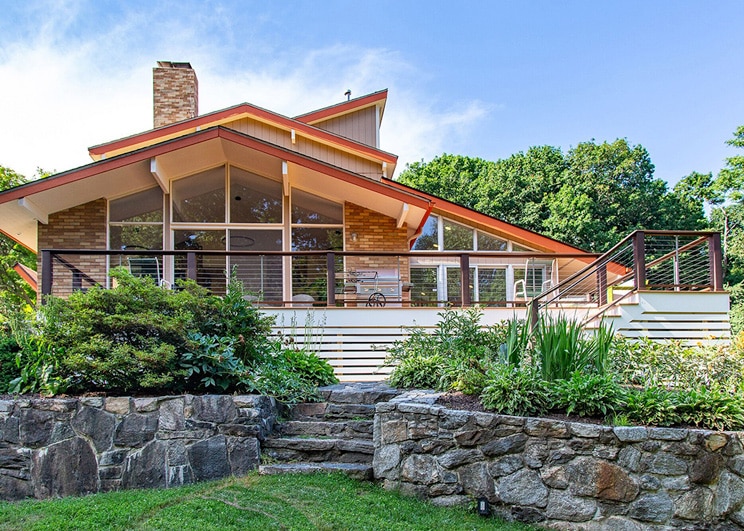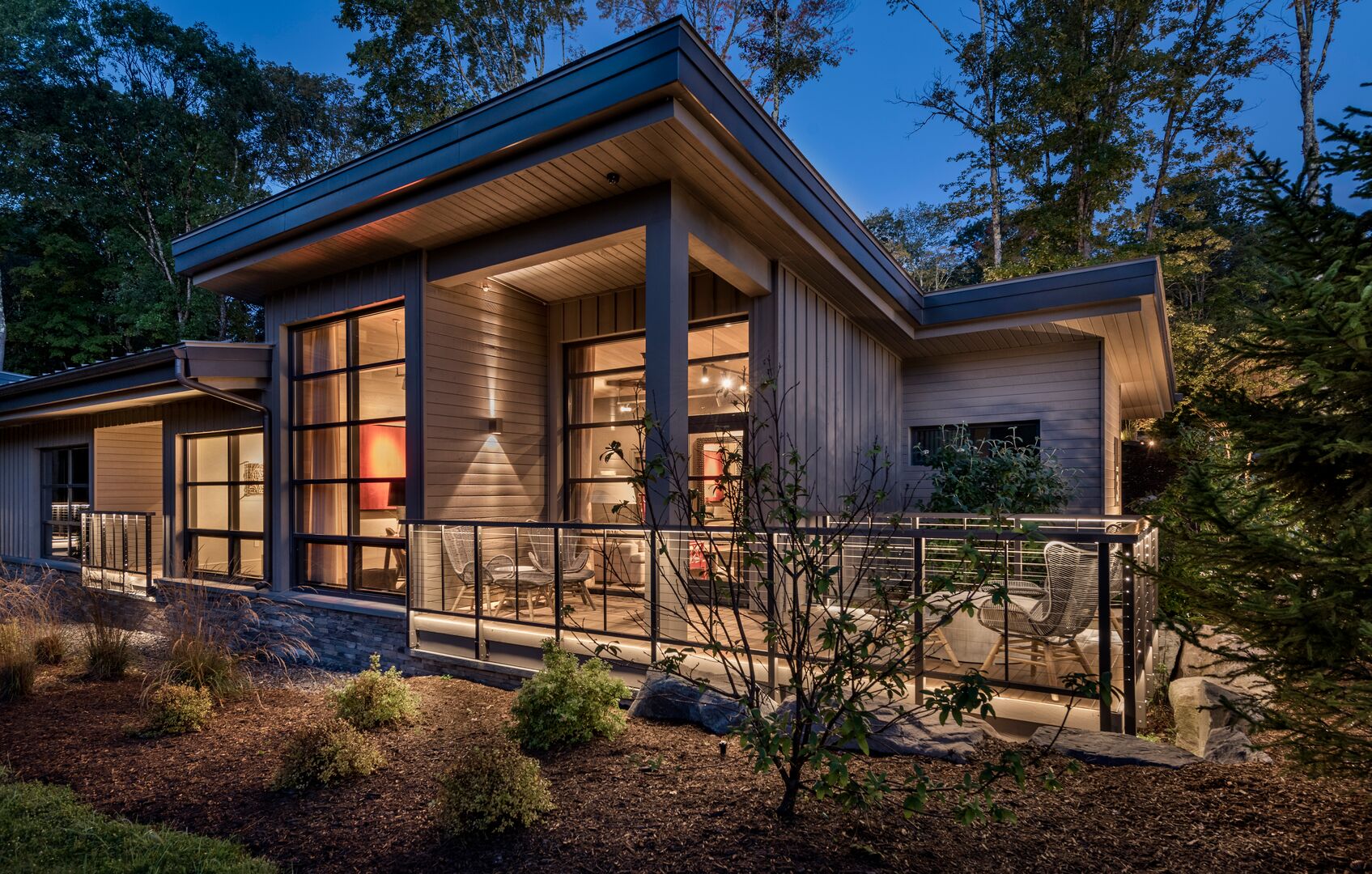Outdoor living has become an essential part of many homeowners’ lifestyles, and the deck usually sets the stage for fun-filled, warm weather parties. Now that spring is in the air, many people will start thinking about getting their decks in order for the season. A new coat of paint or varnish, freshly potted flowers and updated patio furniture are usually top-of-mind. But one crucial factor is often overlooked during the spruce up – Deck Safety.
There are 50 million decks in the United States, and many are elevated to take advantage of views or offer greater privacy. 25 million of these decks have surpassed their useful lifespan (the average life of a deck is 10-15 years). The Consumer Product Safety Commission found that between 2003 and 2007, 224,000 deck-related injuries occurred nationwide. Roughly 14 percent of those injuries were a direct result of a deck’s structural failure or outright collapse. Because deck codes didn’t exist until 2009, many decks built prior to that time are not in compliance with safety codes. These statistics show how important it is for homeowners to perform deck inspections on a regular basis.
Since May is Deck Safety Month®, we thought it would be a good time to share some important warning signs of an unsafe deck.
Incorrectly flashed ledger board. Flashing stops debris and moisture from accumulating between the structure and the deck’s ledger board, ultimately helping to prevent rot. If the flashing is missing, use a sharp object like a screwdriver or ice pick to test for wood rot. If you can penetrate the wood with ease up to ¼ inch to ½ inch, or if the wood feels spongy and soft, it’s probably time to replace it. According to NADRA, the North American Deck and Railing Association, it may be a warning sign that the whole deck needs attention.

Source: NBC
Dropped or heaved footings. Dropping often happens due to footings being poured on disturbed soil, like backfill. Heaving most often results from compression and expansion due to seasonal freezes and thaws. Both of these occurrences can cause a deck to become unstable and uneven, and are a sign that the deck is need of repair or replacement.
Rusty or missing metal connectors. Since 2009, the International Residential Code) require metal connectors at structural member connections such as ledger to structure, post to beam, joist to beam, and joist to ledger. If metal connectors are missing from the deck and the wood rots, there is nothing to reinforce the nailed connections, and they won’t hold. It’s a good idea to add connectors – or replace rusted connectors – to help prevent structural failures if wood deteriorates.

Source: CottageLife
Insufficient railings. As easy way to test for a potentially unsafe railing is movement. If the railing can be moved more than an inch or two at the top, it may need to be replaced. Building codes call for any deck more than 30-inches above ground to have a code-compliant “guard” (railing). The International Residential Code specifies that rails be a minimum height of 36-inches above the deck surface (42-inches in California). For stairs, code requires rails to be 34 to 36 inches above the nosing of the stair, with a maximum space between balusters of 4 inches. If it is determined that new rails are needed, a functional and aesthetically pleasing option is cable railing. Crafted of durable and weather-resistant stainless steel, cable railings are low-maintenance and blend well with many architectural styles while offering unobstructed views.

Source: Schwaner Injury Law
Other safety considerations include keeping decks free of slippery obstacles like leaves and mildew, as well as pruning overhanging limbs and removing decaying limbs from nearby trees. Grills, fire pits and candles bring warmth and ambiance to a deck, but make sure they are placed away from flammable surfaces.
Decks are meant to enhance our outdoor living experience. By regularly inspecting your deck and following these safety tips, you can help to ensure it’s safe for years to come. Download the Deck Safety Checklist from the North American Deck & Railing Association (NADRA) today!
Learn more about Feeney’s CableRail and DesignRail® solutions.
Featured Image Source: CNN





